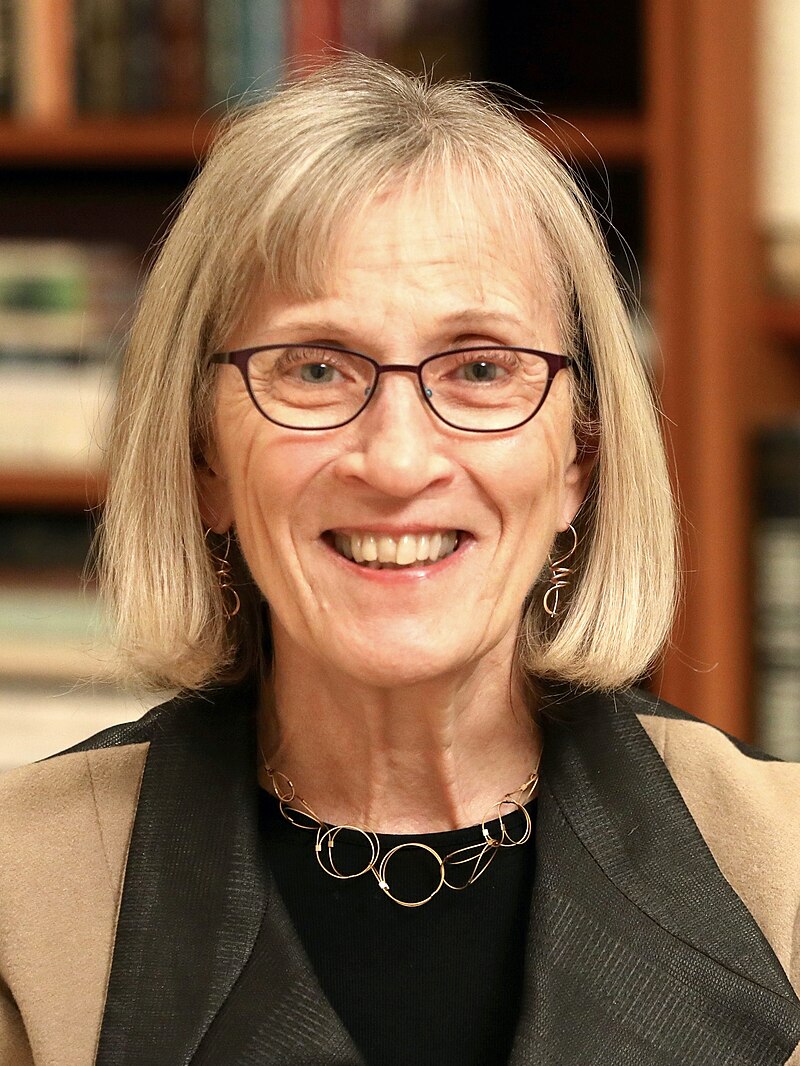
Claudia Goldin
Claudia Goldin is a renowned American economist and professor at Harvard University, celebrated for her extensive research on gender and labor economics. A Nobel Prize winner in Economic Sciences in 2023, she is particularly known for her studies on the dynamics of women in the workforce, the impact of education on economic outcomes, and the intersection of family dynamics with economic systems. Her recent work has focused on fertility trends across developed countries, analyzing how cultural and economic factors influence birth rates and family structures. Goldin's findings highlight the evolving roles of men and women in child-rearing and the implications of economic policies on demographic changes.
Born on May 30, 1946 (79 years old)
Global Media Ratings
Countries Mentioned
| Country | Mentions | Sentiment | Dominance | + Persistence | x Population | = Reach | x GDP (millions) | = Power |
|---|---|---|---|---|---|---|---|---|
| Ireland | 1 | 7.00 | 0.09% | +0% | 5,030,000 | 4,692 | $5,100 | 5$ |
| Totals | 1 | 5,030,000 | 4,692 | $5,100 | 5$ |
Interactive World Map
Each country's color is based on "Mentions" from the table above.
Recent Mentions
 Ireland:
Claudia Goldin coined the term 'greedy jobs' to describe roles that require long hours and constant availability.
7
Ireland:
Claudia Goldin coined the term 'greedy jobs' to describe roles that require long hours and constant availability.
7
 Germany:
Claudia Goldin is a Nobel Prize-winning economist known for her research on women in the labor market.
9
Germany:
Claudia Goldin is a Nobel Prize-winning economist known for her research on women in the labor market.
9
 Italy:
Claudia Goldin was awarded the Nobel Prize for improving the understanding of female labor market outcomes.
9
Italy:
Claudia Goldin was awarded the Nobel Prize for improving the understanding of female labor market outcomes.
9
 Spain:
Claudia Goldin received the Nobel Prize in Economics in 2023, the only woman to win it solo.
9
Spain:
Claudia Goldin received the Nobel Prize in Economics in 2023, the only woman to win it solo.
9
 Australia:
Harvard economist Claudia Goldin, who won the economics Nobel in 2023 for having advanced our understanding of women’s labor market outcomes.
7
Australia:
Harvard economist Claudia Goldin, who won the economics Nobel in 2023 for having advanced our understanding of women’s labor market outcomes.
7
 Ireland:
Claudia Goldin won the Nobel Prize for pioneering work on women’s participation in the paid economy and the gender pay gap.
9
Ireland:
Claudia Goldin won the Nobel Prize for pioneering work on women’s participation in the paid economy and the gender pay gap.
9
 Brazil:
Claudia Goldin is the Nobel Prize winner in Economics mentioned in the context of AI-generated biographies.
8
Brazil:
Claudia Goldin is the Nobel Prize winner in Economics mentioned in the context of AI-generated biographies.
8
 Germany:
Claudia Goldin is referenced for her description of the work of law firm attorneys as 'greedy jobs'.
7
Germany:
Claudia Goldin is referenced for her description of the work of law firm attorneys as 'greedy jobs'.
7
 France:
Claudia Goldin is one of the three women who have received the Nobel Prize in Economics.
9
France:
Claudia Goldin is one of the three women who have received the Nobel Prize in Economics.
9
 Peru:
Claudia Goldin is a Nobel Prize-winning economist mentioned in the context of Harvard's academic community.
8
Peru:
Claudia Goldin is a Nobel Prize-winning economist mentioned in the context of Harvard's academic community.
8
